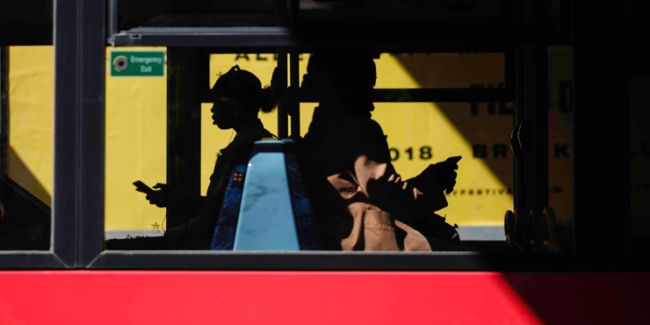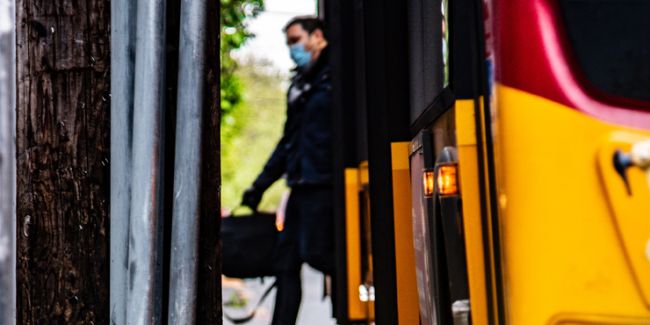New mobility and last-mile delivery: an ecosystem in transit(ion)
The widespread use of online sales is leading to an increase in deliveries, transforming major cities around the globe.

The widespread use of online sales and associated consumption practices is leading to an increase in deliveries, transforming the very fabric of major cities around the globe. In New York City, it is estimated that nearly 1.5 million packages are delivered daily1, creating pressure on the network. Against this backdrop, consumers’ expectations for shipping continue to rise.
Consumer satisfaction can depend not only on the product itself but also how is delivered. Traditional delivery services have developed to include increasingly rapid delivery services – same day or in less than two hours, such as Amazon Prime Now – that significantly reduce the waiting time between purchase and receipt. These changes have raised customer expectations, with potential buyers more sensitive to delays, the high perceived price of delivery, and hourly constraints.
These new demands come amid recent last-mile technology development acceleration in the United States. Consumer demand for shorter delivery times is leading to the development of new services. These can be split into three categories: aerial delivery drones; last-mile or even ‘last-yard’ wheeled robots that roam sidewalks and deliver to homes or apartments; and autonomous vehicles for the road. These include standard self-driving cars by Toyota, GM, Ford and others, and unique bot-like vans such as Udelv and smaller prototypes from Nuro or Robomart. Major retail players, including Walmart and Kroger, are investing heavily in technology and capabilities that anticipate significantly more online ordering and delivery.
Some companies in the automotive and transportation ecosystem already recognize this future, seeing that delivery through autonomous vehicles could have significant benefits and could be transformational for the industry, in particular as they relate to the last mile, which is usually the most expensive part of the delivery. Autonomous vehicles could significantly reduce delivery time and cost for many consumer goods, while addressing congestion issues and other transport challenges such as emissions, congestion, road accidents or continuity of delivery during a health crisis, such as we are currently experiencing. The key factor determining how fast this all happens will be the extent to which commercial, and to a lesser extent public, demand presses governments and regulators into action.
Today, we are seeing not only experiments with emerging technology – wheeled robots, drones, droids – across the globe, but also the beginning of series production and scaling of service deployment by several companies from the OEM sector, retailers, or new self-driving tech startups such as AutoX, Nuro and Udelv. These developments appear challenging because they are not linear, but rather interlace in complex ways that add to their speed and magnitude.
As this sector continues to evolve, especially in the light of the current health crisis, Steer is staying close to developments, and advising players at the forefront of the industry. Our New Mobility team is well-positioned to help our broad range of clients from local and regional authorities to tech companies. Our experience includes monitoring and assessing how these changes can be tailored to maximize the positive impacts on their communities and businesses through tools such as market analysis; tailored business case analyses; economic and strategic evaluations; feasibility studies; stakeholder engagement; and monitoring and evaluation.



















